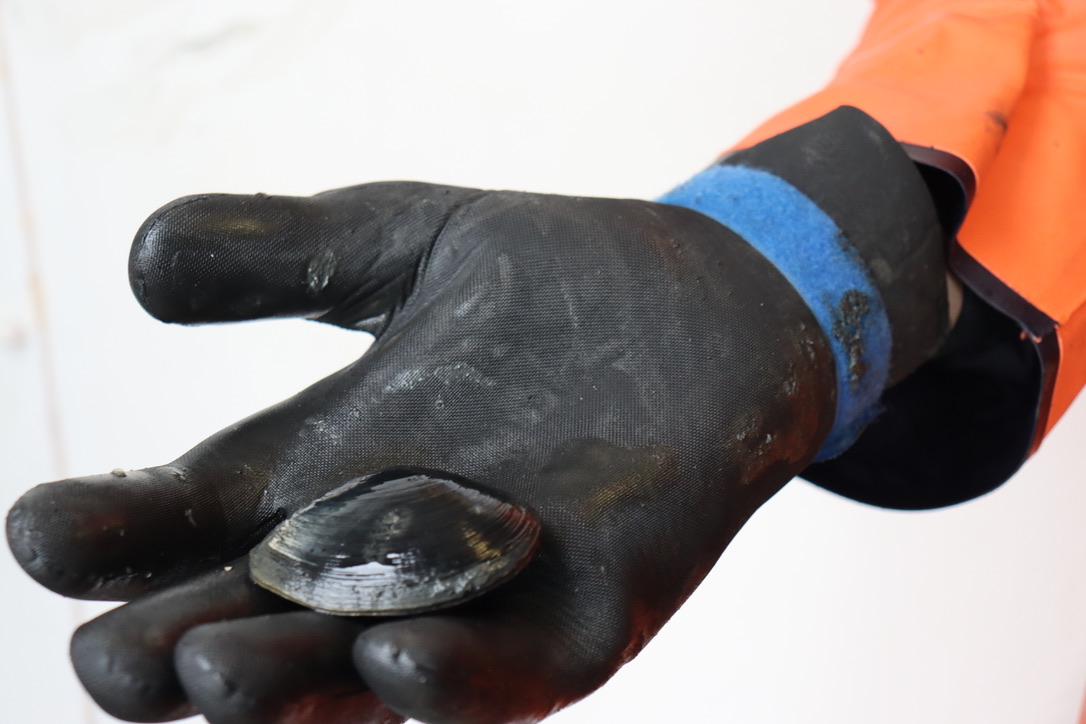Surviving a Shrimp Cocktail:
Spotting Paralytic Shellfish Poisoning
6/27/23
Whenever I’m in a coastal town, I make it a priority to try their seafood – it feels illegal to not get some fresh fish in for dinner! In locations such as Alaska, shellfish are harvested at numerous beaches and are a major staple. However, with changing environmental conditions such as increasing water temperatures and loss of sea ice, there is a growing concern for Harmful Algal Bloom (HAB) occurrences affecting seafood. One HAB species blooming in Alaska is a microscopic, single celled dinoflagellate algae called Alexandrium catenella that produces toxins. Shellfish that eat these cells and become contaminated - this can lead to a condition known as Paralytic Shellfish Poisoning (PSP). This blog highlights information about PSP, its symptoms, and possible treatment/assistance.
Clams, shrimps, mussels, oysters, geoducks, scallops, crabs that have been harvested from a HAB area can all contain PSP toxins. One misconception is that cooking this seafood could eliminate poisons – however, toxin is temperature stable and cannot be broken down when cooked or frozen. Paralytic shellfish toxins at high enough concentrations can cause serious health concerns. These toxins can block the flow of nerve impulses and function. For reference, PSP toxins are estimated to be 1000 times more toxic than cyanide, a chemical found in a cigarette! A contaminated clam can accumulate enough toxins to be fatal to humans, therefore it is key to keep an eye out for any symptoms in yourself or other people.

Alaskan clam. Photo credit: Kali Horn, WHOI
While there is monitoring involved in restaurants and fisheries to prevent selling contaminated seafood, it is important to be aware of this issue, especially if people are independently harvesting their own seafood. Symptoms of PSP poisoning can range from tingling, dizziness, nausea, respiratory failure to even death. These symptoms can vary depending on the individual and on how much toxin is consumed.
Currently, there is no specific antidote for PSP. Medical assessments and supportive measures are the most effective courses of treatment until the toxin is passed through someone’s system. US Coast Guard Rescue Coordination Centers have been listed as resources to use for transport and rescue, as well as 911 for severe symptoms. Reporting even mild cases could save another individual’s life.
Even though this information can sound scary to some, to me it’s what inspires me to continue this line of research. As a HAB research assistant, studying these blooms is one step forward in providing more information to indigenous/coastal communities. It’s important to recognize the extra struggles that some people have to face. Will I look at seafood restaurants the same way now? I think if anything, besides having reasonable precaution, I’ll be glad I have the resources to investigate any safety concerns that I may have. So, the next time you’re craving some delicious oyster shooters, keep these things in mind!